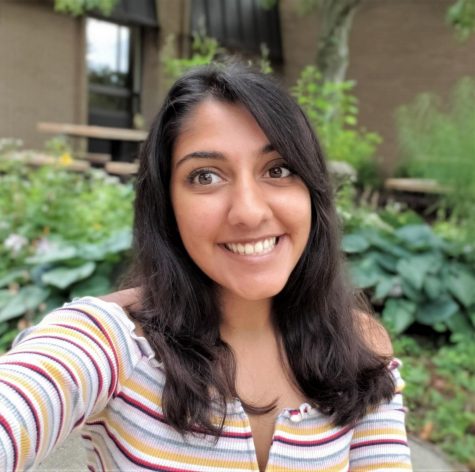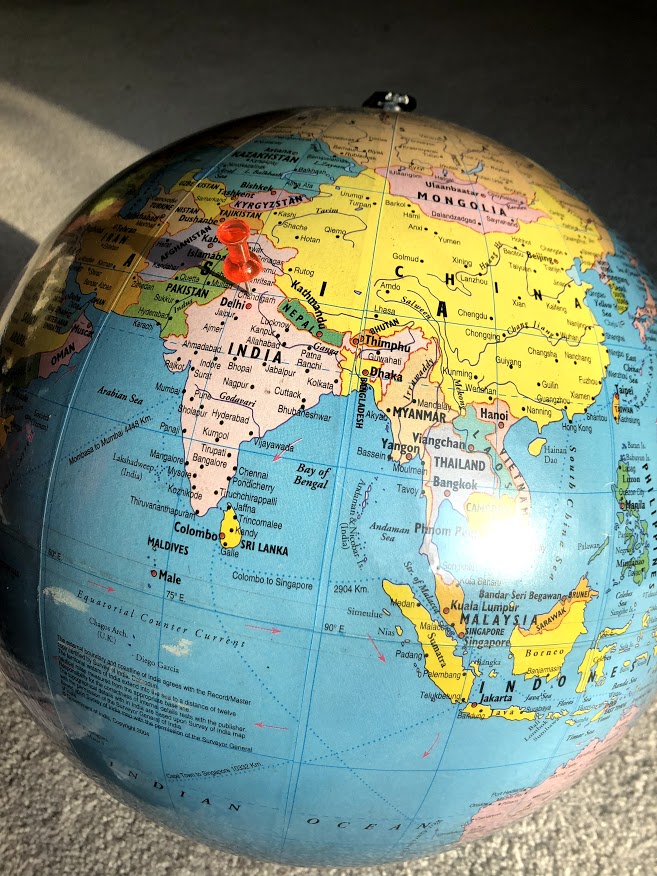One Year, Two Countries: new student from Ambala, India
Photo by Photo by Parul Pari
The pin on this globe indicates the location of Ambala, India. Harpreet Singh, junior and a new student at LZHS, moved to the United States on October 25th of last year from this city.
Within the span of one year, imagine transforming your entire lifestyle by relocating to a completely new nation and starting at a new school.
On October 25th of last year, Harpreet Singh, junior, is one of the students who made this big move all the way from Ambala, India.
“I was in 10th grade in India and the uncle, who I live with in the United States, was close to our family and sponsored me to get to the United States,” Singh said. “My uncle was so close to me and my family and my brother is also here so I decided to move to the United States and parents come here once in a while.”
After the move to the United States, Singh began to notice differences between the two cultures. Singh, a follower of the Sikh religion, stood out with being the only kid with a turban at school. Sikhism, which is the fifth largest religion in the world, according to elliottelford.com, has over 20 million followers, most of whom live in the Punjab province of India.
“The turban is the symbol of our religion and I wear it because my family belongs to this religion. Our leader has given us a different symbol and if you wear the turban you are treated as a Sikh individual,” Singh said. “I don’t care that much about what people think. The way people look on the first day, they give me a weird look, but after that it’s usually fine and it doesn’t bother me.”
A new society brings being surrounded by a new pool of people, and for Singh, the visibility of seeing Sikh people is significantly lower.
“In India, I used to see Sikh people a lot. The people in India aren’t the same as here and the people in India do speak English but not in the same way as the Americans. Getting dressed, lifestyle, language, food, everything is just different in India,” Singh said.
Along with cultural differences, according to Singh, the ways of teaching among the two countries is drastically different.
“In India, in school, we have to stay in one class for the whole day and here they switch rooms. Another difference was that in India, the teachers used to speak in Hindi in India where as here everyone teaches in English,” Singh said. “Well I think that this one is better because there is more socializing with people and this way I’m able to learn much better than the traditional way.”

After being in the journalism program for three years, Parul will be starting this year as a senior! Outside of the journalism lab, you can find her playing...

